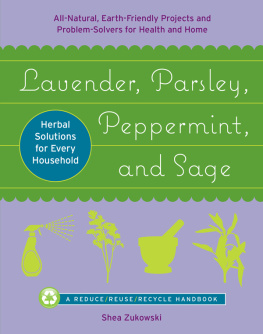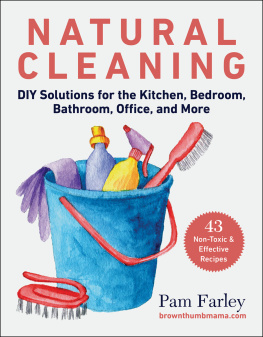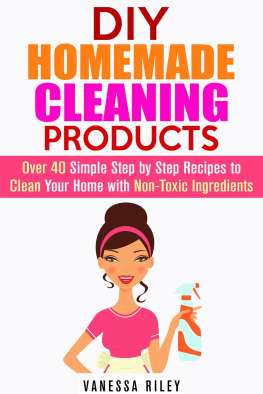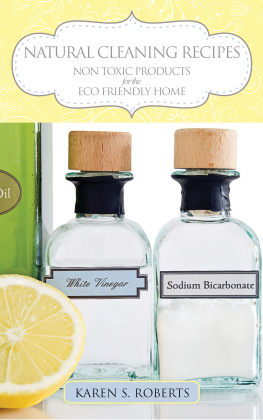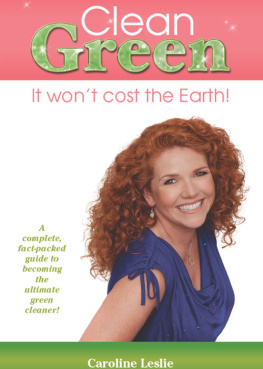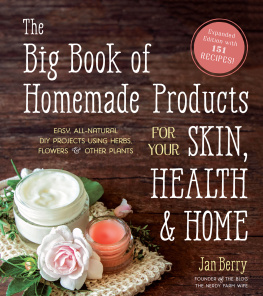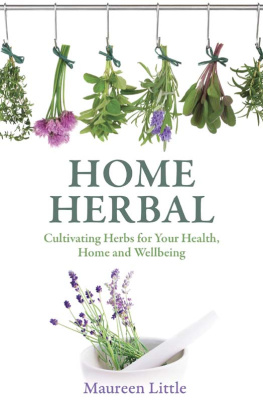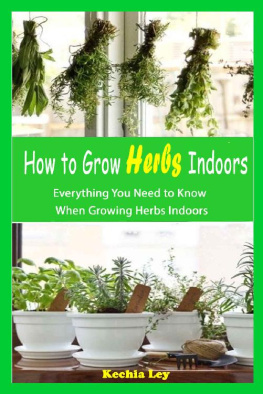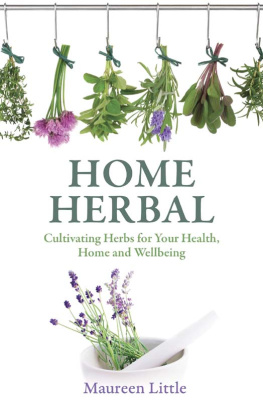
METRO BOOKS and the distinctive Metro Books logo are trademarks of Sterling Publishing Co., Inc.
2011 by powerHouse Packaging & Supply, Inc.
Illustrations 2011 by: / Mehmet Ali Cida
This 2011 edition published by Metro Books by arrangement with powerHouse Packaging & Supply, Inc.
All rights reserved. No part of this publication may be reproduced, stored in a retrieval system, or transmitted, in any form or by any means, electronic, mechanical, photocopying, recording, or otherwise, without prior written permission from the publisher.
Design by Lynne Yeamans
ISBN 978-1-4351-3722-6 (print format)
ISBN 978-1-4351-3871-1 (ebook)
For information about custom editions, special sales, and premium and corporate purchases, please contact Sterling Special Sales at 800-805-5489 or specialsales@sterlingpublishing.com.
2 4 6 8 10 9 7 5 3 1
www.sterlingpublishing.com
Though we endorse a green lifestyle, the publisher, packager, and author disclaim any liability from any harm, loss, or injury that may result from the use, proper or improper, of the information contained in this book. We advise that common sense dictate any use of the formulas and do not claim that the information contained herein is complete or accurate for your situation. This book is intended as a reference volume only, not as a medical manual. The information given here is designed to help you make informed decisions about your health. It is not intended as a substitute for any treatment that may have been prescribed by your doctor.
Acknowledgments
In researching my previous book, Salt, Lemons, Vinegar, and Baking Soda, it was exciting to realize how many other simple ways there are to achieve a cleaner, more natural lifestyle. Just a handful of herbs or a few drops of essential oil, for example, can offer new ways to a cleaner, greener home. I took careful note of the many different options out there, and the best of those ideas have been distilled into the book you now hold in your hands.
Research aside, it would have seemed foolish to expect another book to come together as smoothly as the first, but again I found myself delightfully surprised by the amazing people who helped bring this project to fruition. Specifically, Id like to thank Denise McGann at Sterling Publishing, Inc., for seeing the opportunities another title would present.
Likewise, the wonderful team at powerHouse Packaging proved once again good things come in small packages, including Sharyn Rosart for her clear editorial vision of the project and enthusiasm at every turn; Lynne Yeamans for providing a fresh and inspiring design (yet again!) that made it a pleasure to turn every page; and editors extraordinaire Erin Canning and Hallie Einhorn, plus Sterlings Stephanie Nikolopoulos, who suggested many valuable ways to make the advice in this book as clear and easy-to-follow as possible.
Lastly, my deepest appreciation goes to my family, Stan, Isaiah, and Eli, who cheer me on with their boundless enthusiasm and bring me coffee when I need it most.
Contents
HAVE YOU EVER FOUND THAT A CUP OF CHAMOMILE TEA BEFORE BED HELPS YOU TO FALL ASLEEP FASTER? Perhaps the fresh scent of lemons puts a little pep in your step? Or maybe you smelled the unmistakable odor of clovewhile in your dentists office? You are already harnessing the amazing power of herbs in your daily life. And you are not alone. For thousands of years, countless people have turned to herbs as a means to better, more healthful living.
Today, as people have become more earth-conscious, there are more easy ways than ever to enjoy the power of the plant world and to make better use of many herbal items you may already have around the house. This book aims to serve as your guide in expanding your herbal pursuits. The first half of this book shows you how to utilize the power of common herbs that can help you feel and look better. You will find dozens of simple, easy-to-prepare remedies for everything from upset stomach to dry skin to insomnia.
However, the power of herbs extends far beyond your medicine chest! The same antibacterial and antiviral properties that make herbs so valuable to human health can have great benefit in keeping your home clean and fresh. In the second half of this book, you will find a wealth of useful ways to tap into many of those same herbs to improve the state of things around the house.
If you have never used herbs before, this book is an excellent place to start. Before you try any of the ideas that follow, however, make sure you read the introductory sections on . While side effects are rare, a few of the herbs may be inadvisable for some people.
If you have some common herbs in your pantry, or a few lavender plants ready to bloom in your garden, you may be ready to beginif not, youll find most of the herbs and herbal products mentioned in this book at your local grocer or health-products store. Choose a couple of formulas youd like to try and get started!
SHEA ZUKOWSKI
AS JUST ABOUT ANY HERBAL EXPERT WILL TELL YOU, our relationship with herbs is as long as the history of mankind itself, growing out of our need to survive in the natural world. Anthropologists suspect that our earliest ancestors were adept at paying close attention to the plants and animals around them to figure out (largely through trial and error) such useful knowledge as which herbs could help preserve food and which could promote healing. In essence, herbal wisdom developed out of our collective quest for life itself and is tied to our earliest understanding of the study of medicine.
In 1874, Egyptologists discovered what is believed to be the worlds oldest medical text just outside Luxor. It is a sixty-five-foot (20-m) scroll (now referred to as the Ebers Papyrus) that is estimated to have been around since 1500 BCE. This amazing document lists 876 herbal formulas derived from more than 500 herbs. Some of the remedies described in that text may seem crazy to us now (does anyone really want to try a shampoo made from a donkey hoof?), but others would be recognizable to herbalists today.
In 1991, a team of hikers in the Italian Alps stumbled across the frozen remains of a prehistoric man who is estimated to have died there some 5,300 years ago. Among his equipment and supplies were a couple of mushrooms that turned out to be a particular species containing a compound that can fight intestinal parasites. Later, when performing an autopsy on the body, scientists were amazed to discover that the Icemans digestive tract contained the eggs of an intestinal parasite. This evidence would suggest that people were practicing herbal medicine roughly 1,800 years before the Ebers Papyrus was created.
Since using herbs for health and home is clearly nothing new, how did we arrive at what is today a multibillion-dollar industry? To understand the answer to that question, we need to consider how drug companies capitalized on herbal wisdom in the first place with one of the most venerable stories in modern medicine, the development of aspirin.
We know that by around 500 BCE, Chinese physicians relied on the bark of the white willow tree to provide pain relief to their patients. Almost five hundred years later, that information had traveled to Europe, where herbal healers used the plant to treat a wide variety of conditions. It wasnt until the seventeenth century that English herbalists hit upon the idea of pulverizing the bark into a fine powder to brew a bitter tea. They were looking for a cure for malaria when they first brewed willow bark tea; while it didnt cure malaria, the herbalists did find that it had a remarkable ability to reduce fevers in those afflicted with this dreaded disease.

